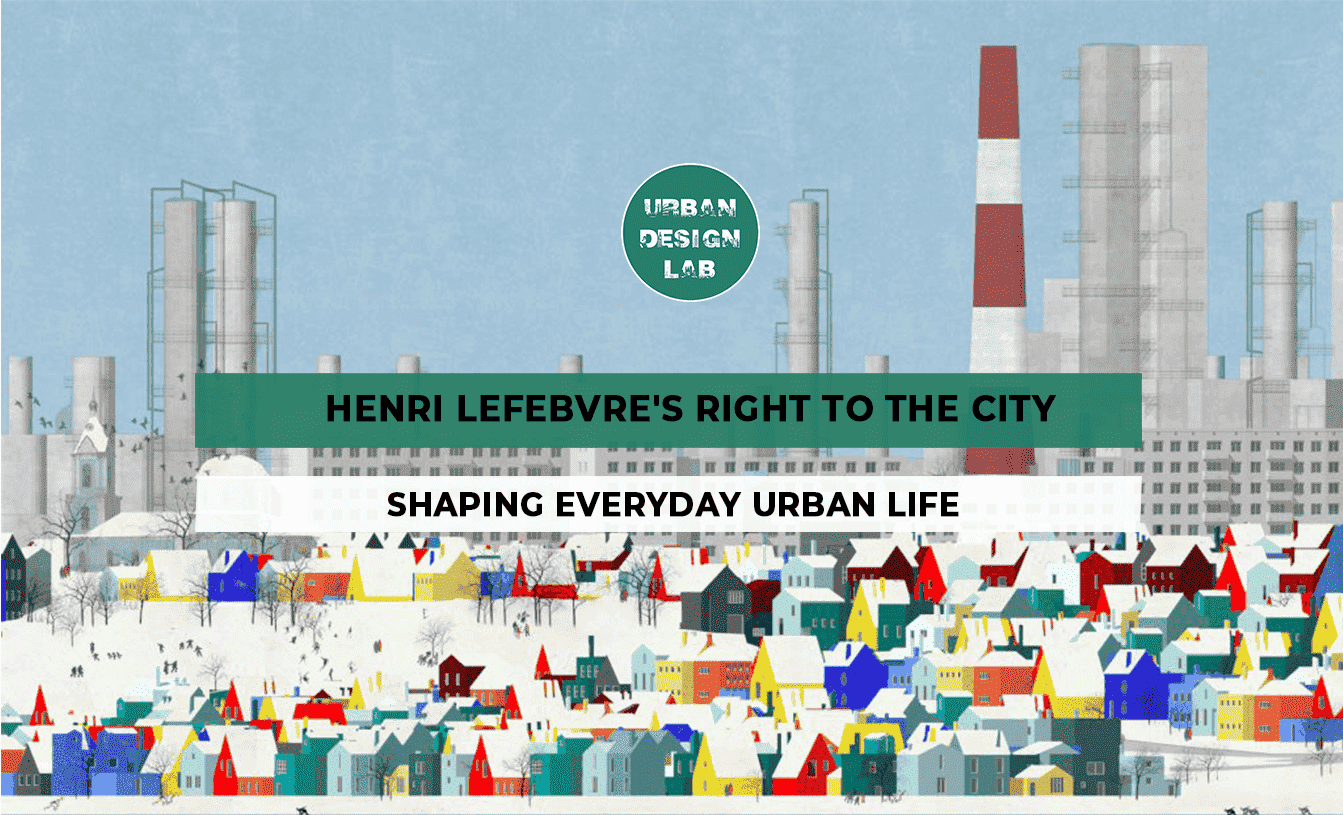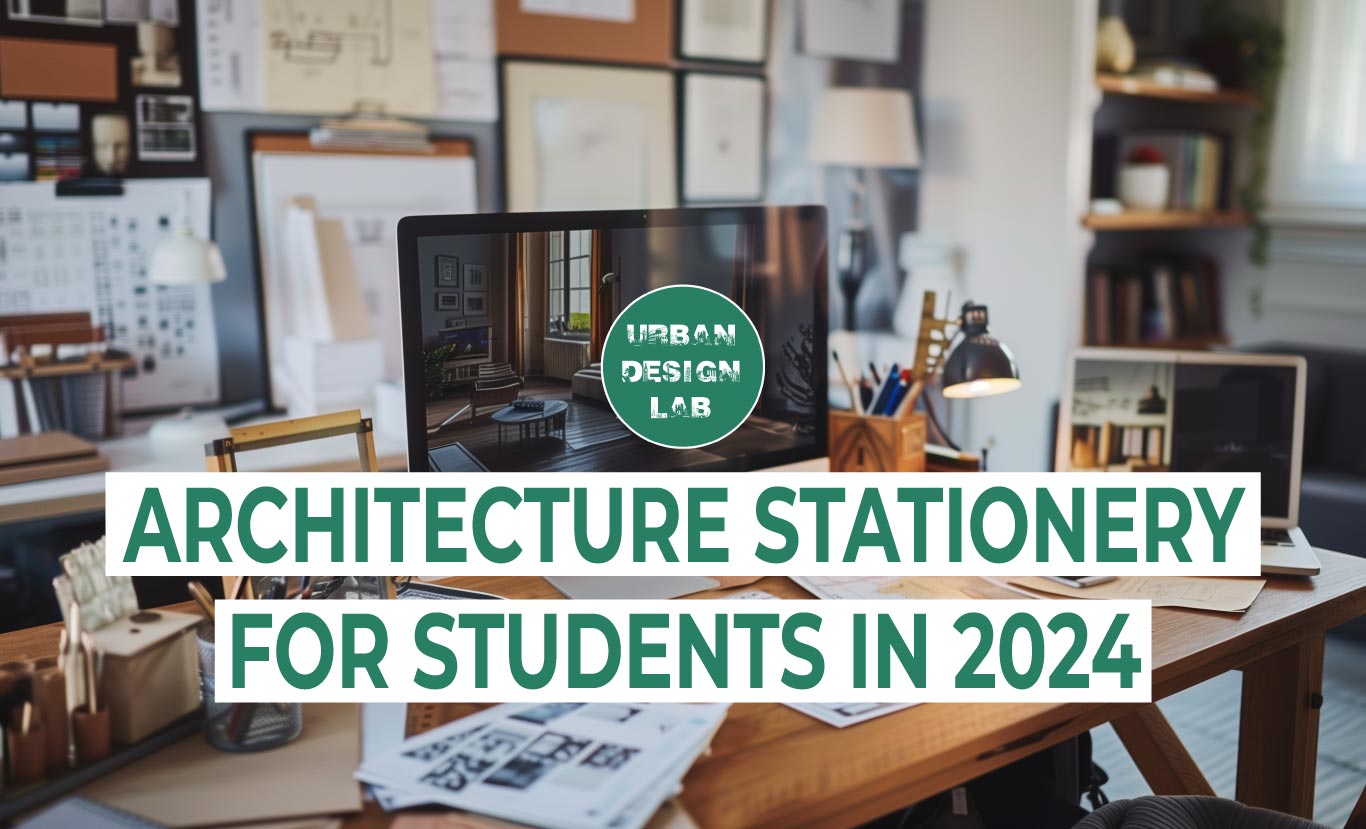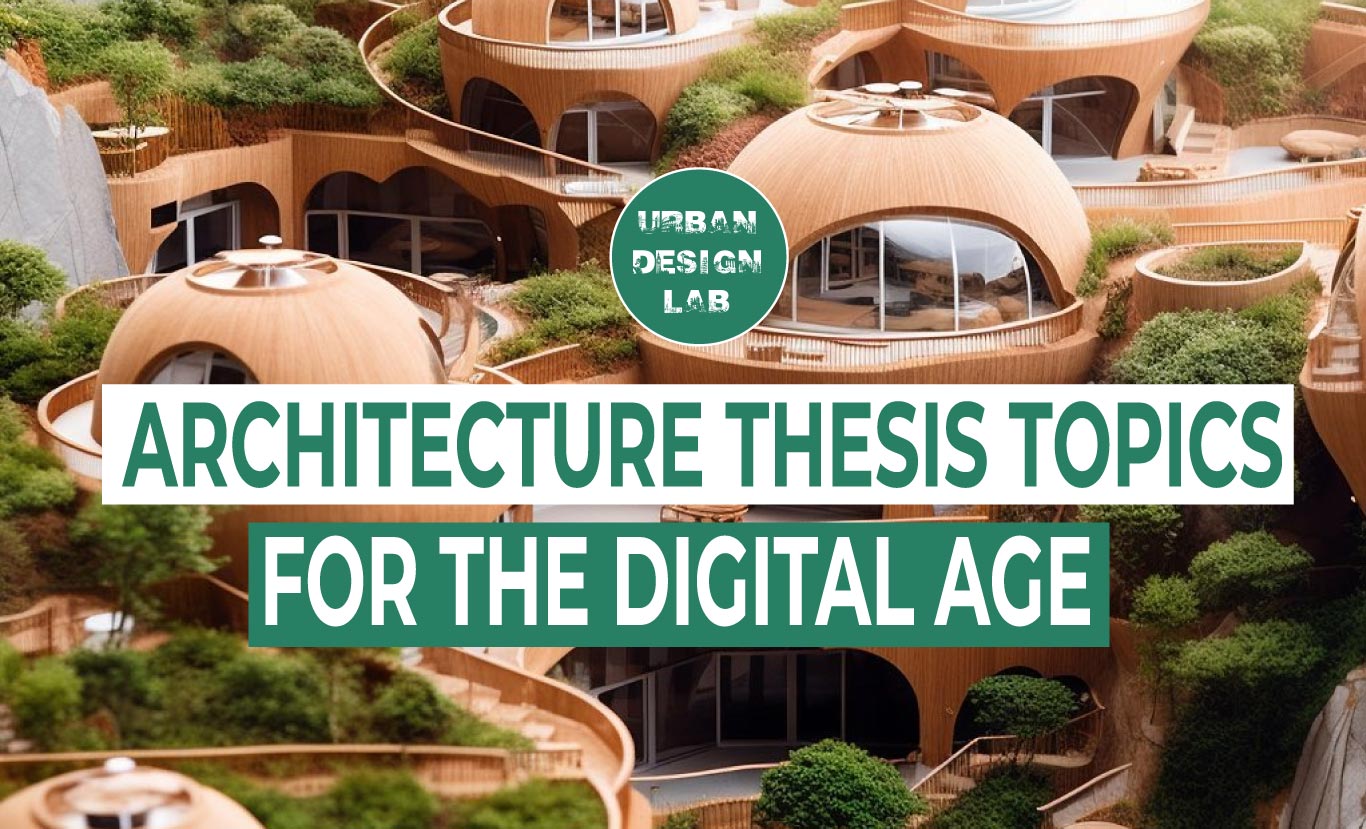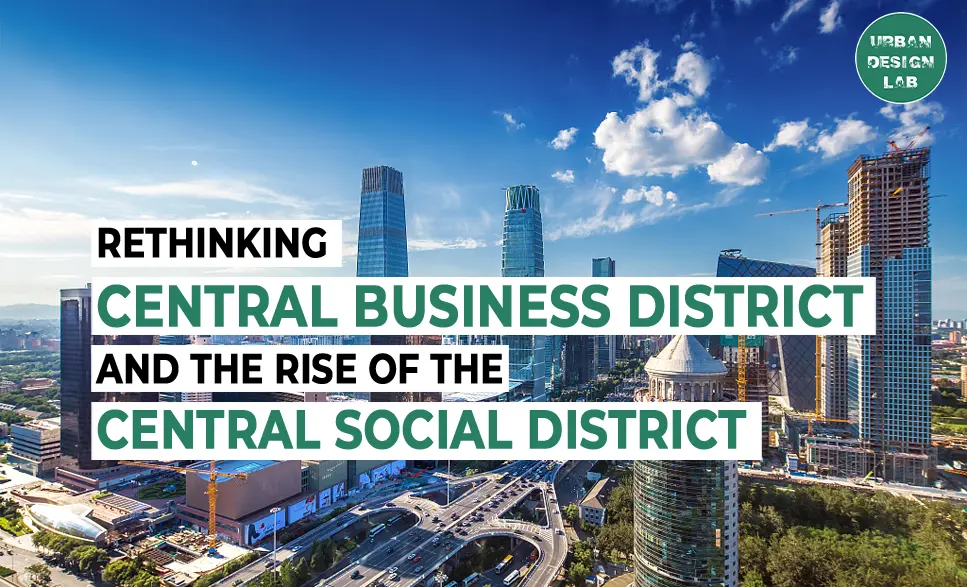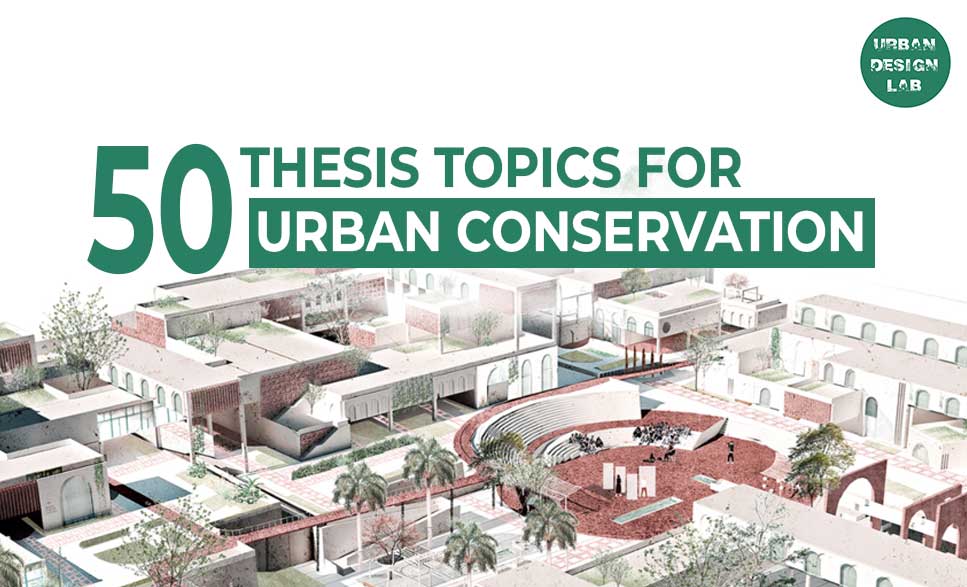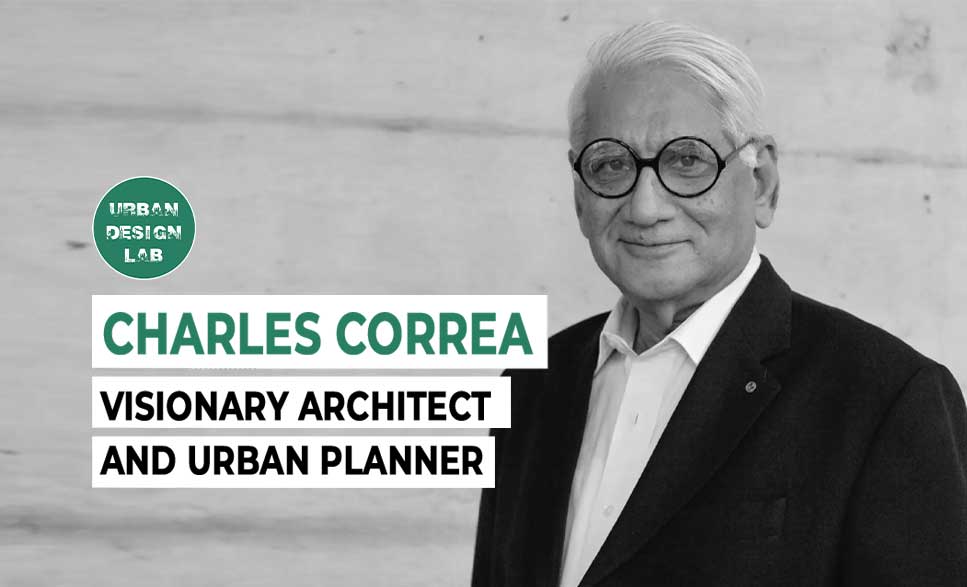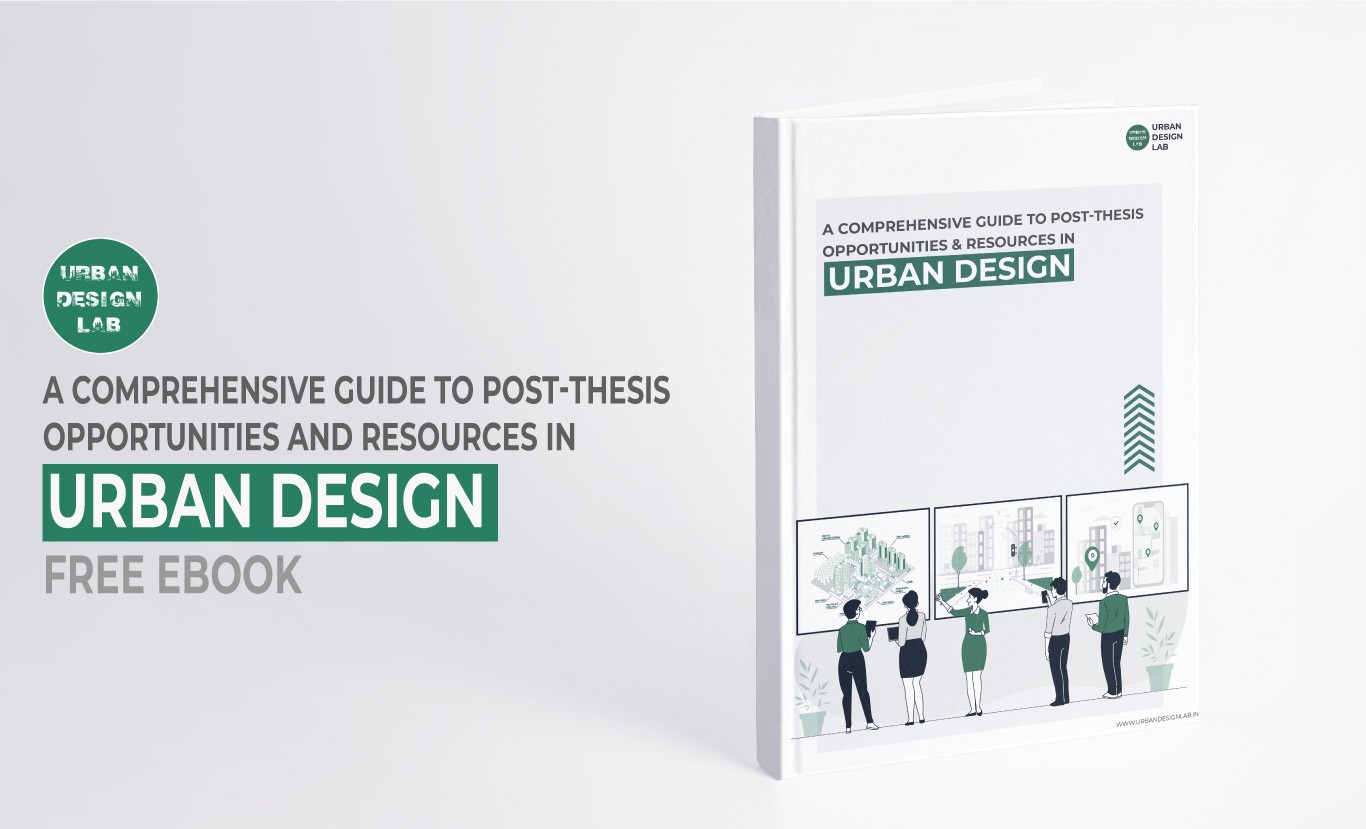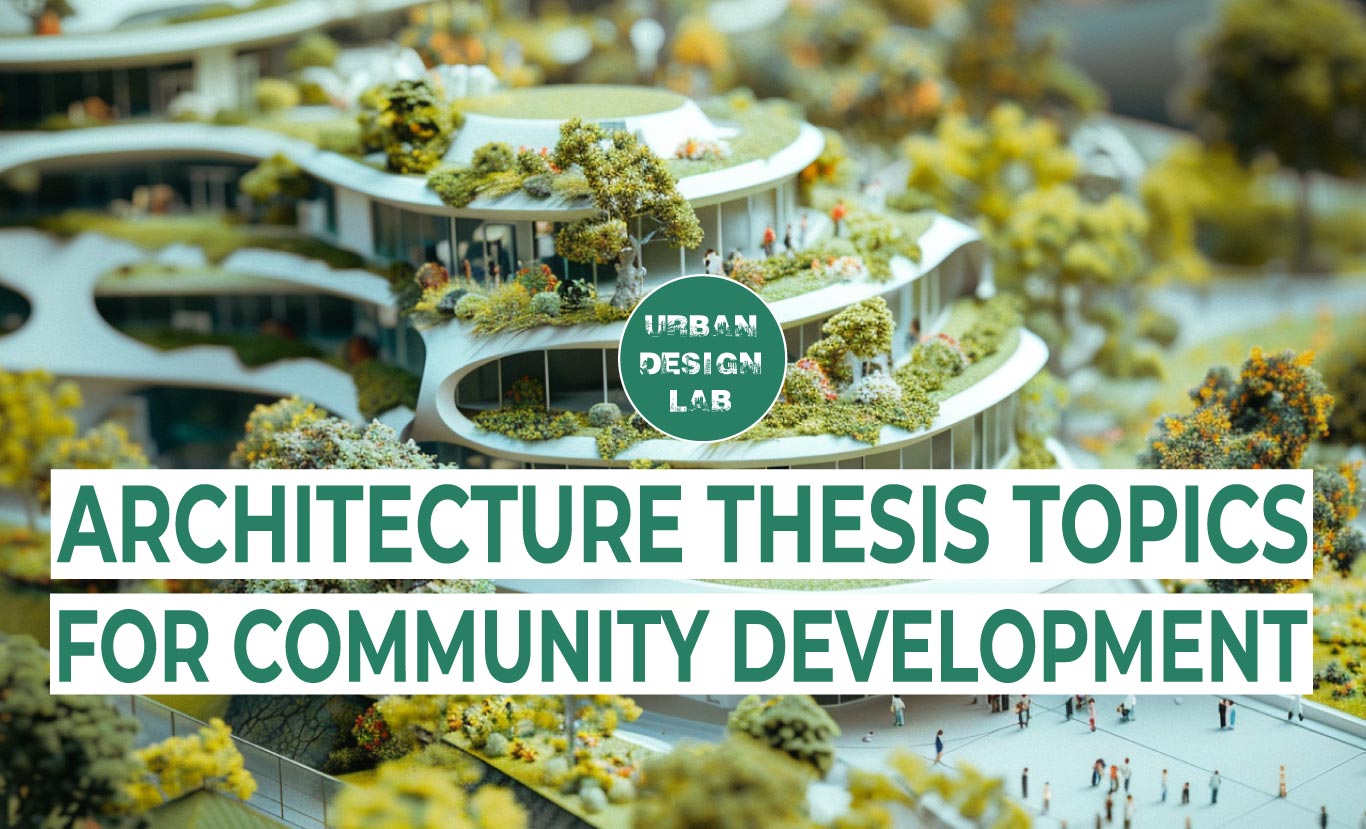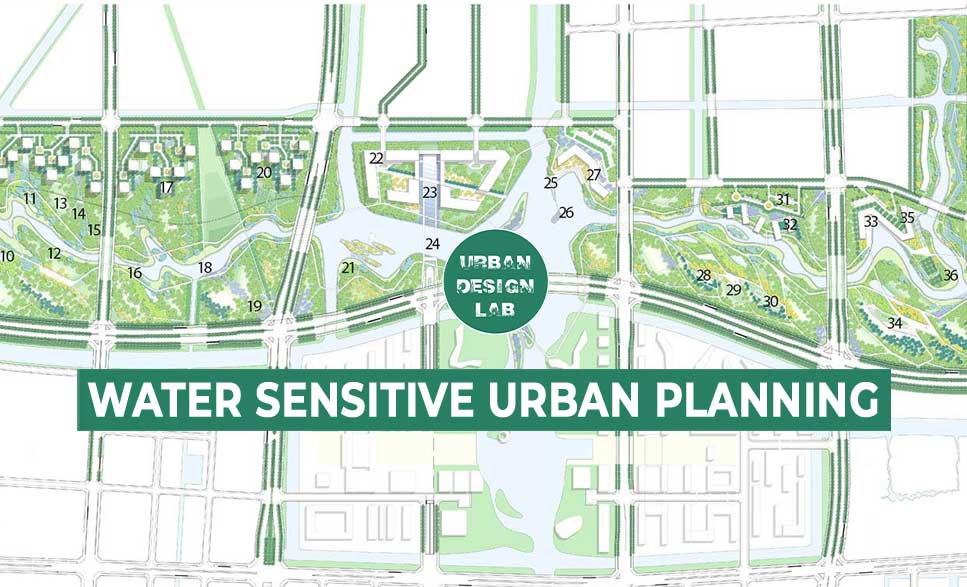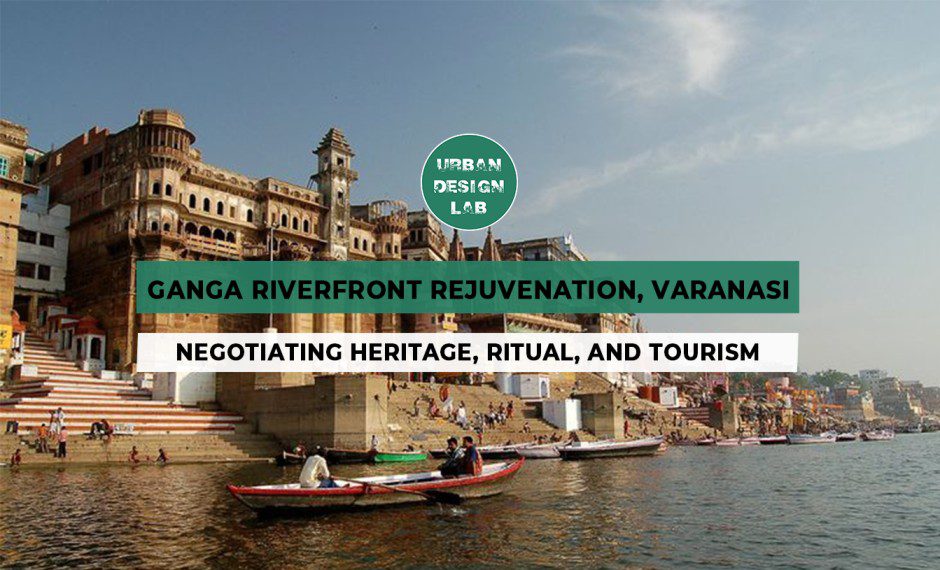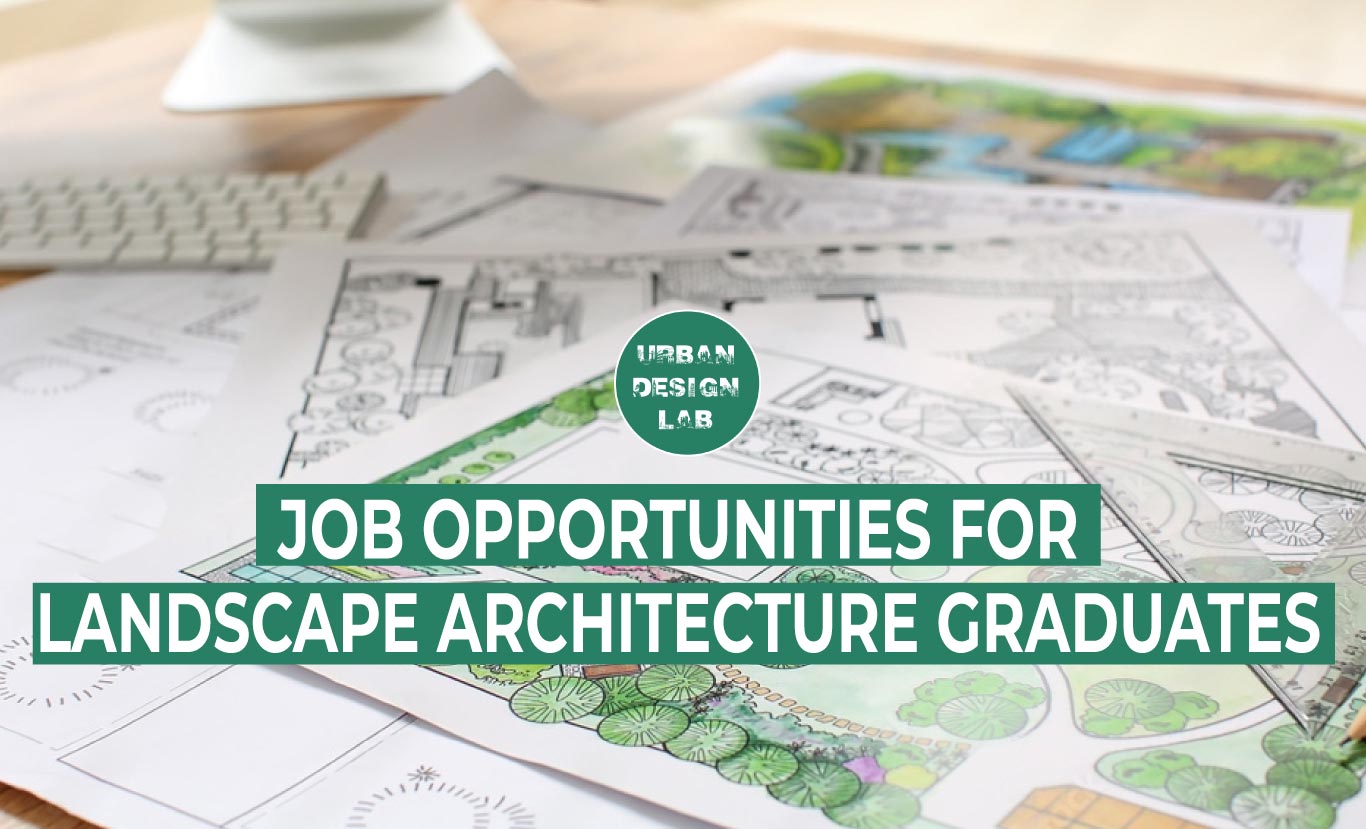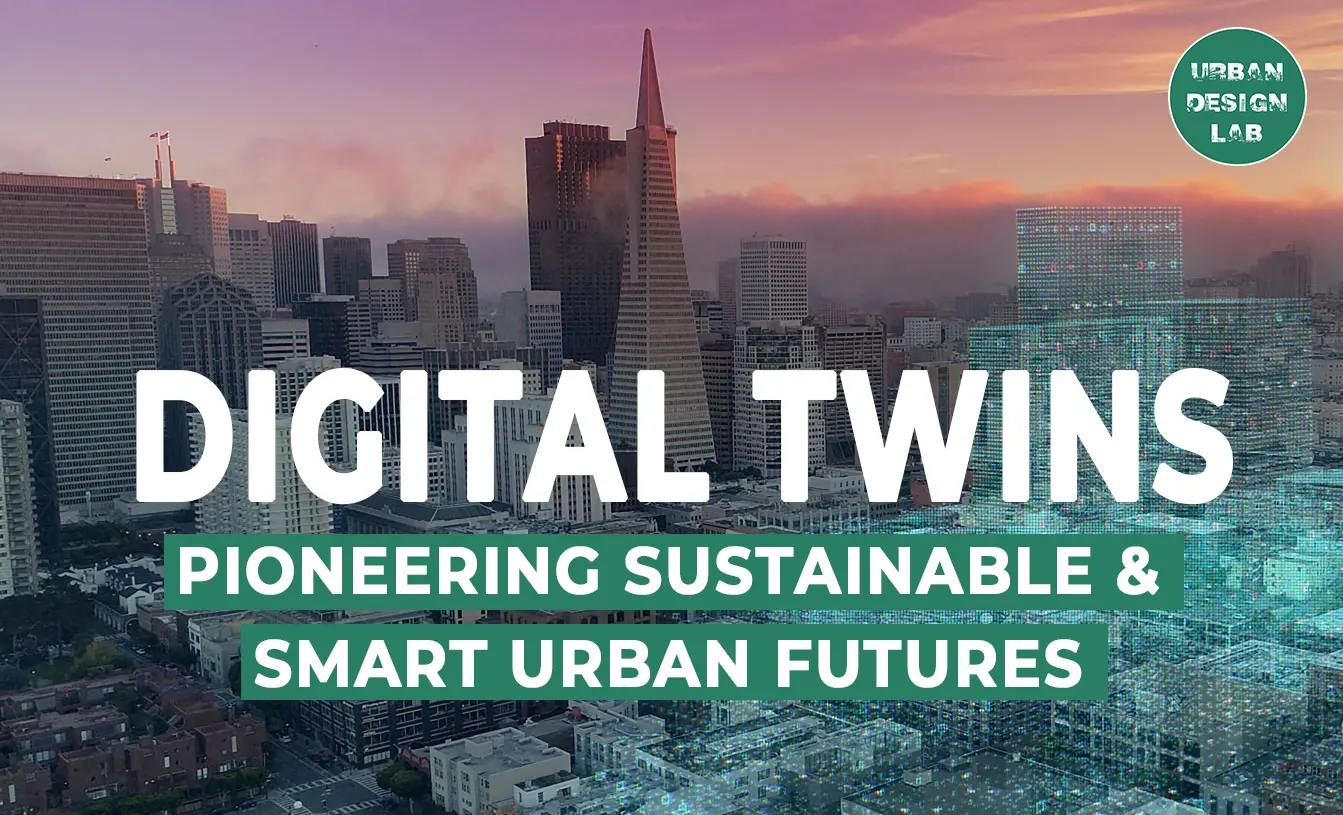
From Old to New: How Reusing Components Enhances Design Aesthetics
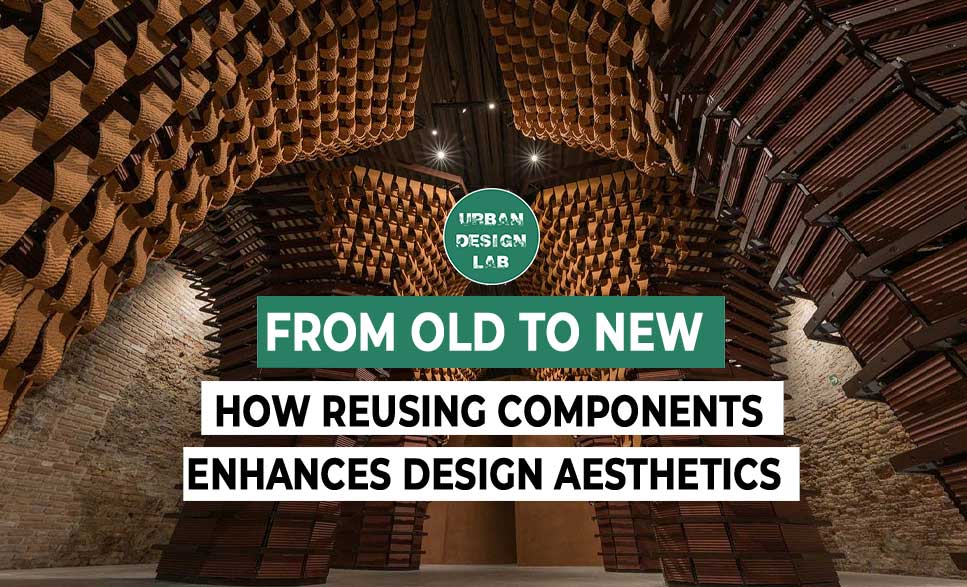
Component reuse in design has evolved from a niche practice to a mainstream trend across various creative disciplines, including architecture, industrial design, graphic design, and fashion. Initially driven by efficiency, cost-effectiveness, and environmental sustainability, designers are now exploring the profound aesthetic potentials that component reuse offers. By integrating elements from previous works or repurposing existing materials, designers craft innovative compositions that blend the familiar with the novel, resulting in unique visual experiences that resonate emotionally and intellectually with audiences.
Understanding the aesthetic benefits of component reuse is crucial for appreciating its transformative role in modern creative processes. This approach not only fosters a sense of continuity and nostalgia but also pushes the boundaries of conventional aesthetics, encouraging innovation and sustainability in design practices.
Visual Coherence and Harmony in Reused Components
Creating Unity Through Repetition
One of the most compelling aesthetic advantages of component reuse is its ability to foster visual coherence and harmony within a design. Repetition of elements such as shapes, colors, textures, or materials can create rhythmic patterns that unify different parts of a project. This consistent use of familiar components establishes a visual language that guides observers through the design, making the experience more intuitive and aesthetically pleasing.
Architectural Applications
In architecture, consistent use of materials or structural elements can tie together various sections of a building or even multiple buildings within a complex. For example, the Heydar Aliyev Center in Baku, designed by Zaha Hadid Architects, employs flowing curves and white cladding throughout its structure, creating a cohesive aesthetic that unifies interior and exterior spaces. Similarly, the Pompidou Centre in Paris, designed by Renzo Piano and Richard Rogers, exposes its structural and mechanical systems on the facade, using repeated elements like colored pipes and steel frameworks to establish visual harmony.
Graphic and Industrial Design
In graphic design, the consistent use of typography, color schemes, and imagery helps establish brand identity and ensures marketing materials are instantly recognizable. Brands like Coca-Cola and Nike maintain strict guidelines for logo usage, colors, and fonts, reinforcing brand recognition across all platforms. In industrial design, companies like Braun under Dieter Rams have exemplified the principle of visual coherence by applying minimalist design language consistently across their product lines, enhancing user experience through familiarity and ease of use.
Psychological Impact
From a psychological standpoint, humans are naturally inclined to seek patterns and order in visual information. Gestalt principles suggest that people perceive elements as part of a greater whole, especially when they share similarities. By reusing components, designers tap into this cognitive tendency, making their designs more accessible and engaging. A study published in the Journal of Environmental Psychology (2014) found that environments with coherent visual patterns are perceived as more pleasant and easier to navigate, underscoring the importance of visual harmony in design.
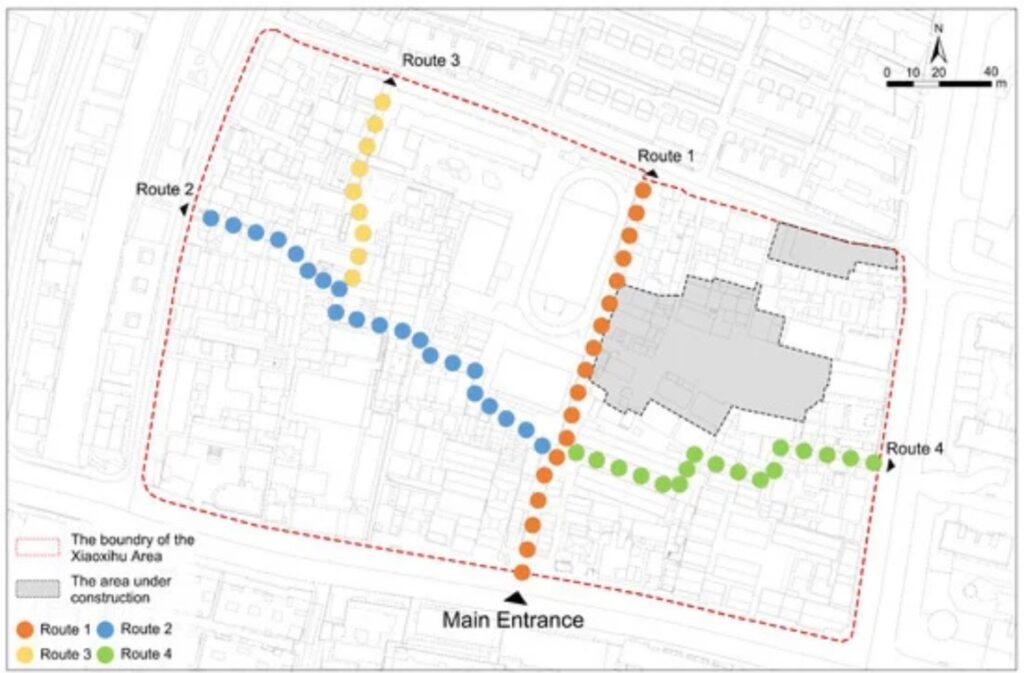
Embracing the Raw and Authentic
The Aesthetics of Imperfection
In an age where sustainability is paramount, the aesthetic appeal of reused components extends beyond environmental responsibility. Reused materials often carry a history—visible in their patina, texture, or signs of wear—that adds depth and authenticity to a design. This concept aligns with the Japanese philosophy of wabi-sabi, which finds beauty in imperfection and transience.
Material Storytelling
Reclaimed wood, for instance, has become a popular material in furniture and interior design. Each plank may display unique knots, grain patterns, or weathering that tell a story of its previous life. Designers like Piet Hein Eek specialize in creating furniture from scrap wood, celebrating the imperfections and irregularities that make each piece unique. His work not only reduces waste but also challenges the notion of perfection in modern design.
Sustainable Architecture
In architecture, projects like the Silo in Copenhagen, converted by COBE Architects, demonstrate how embracing existing structures can result in aesthetically striking designs. Originally a grain silo, the building was transformed into residential units while preserving its raw industrial exterior. The juxtaposition of the rugged facade with modern interiors creates a compelling visual narrative that honors the building’s history.
Consumer Appeal and Market Trends
Consumer interest in authentic and sustainable products is on the rise. According to a 2021 survey by Accenture, 60% of consumers are making more environmentally friendly, sustainable, or ethical purchases since the onset of the COVID-19 pandemic. By highlighting the raw and authentic qualities of reused components, designers not only contribute to environmental conservation but also tap into a growing market segment that values sustainability and authenticity.
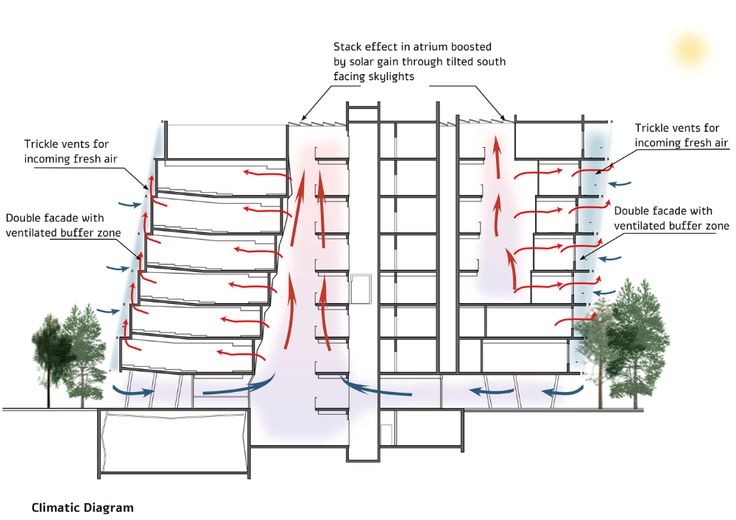
Source: author
Blending the Past with the Present
Nostalgia as a Design Element
Component reuse serves as a bridge between the past and present, infusing modern designs with elements that evoke nostalgia. This blending creates a multi-layered aesthetic experience that resonates emotionally with audiences. Incorporating vintage materials, historical motifs, or traditional craftsmanship into contemporary contexts pays homage to the past while innovating for the future.
Cultural Significance in Design
In interior design, the use of antique furnishings or retro decorative elements adds depth and character to modern spaces. Hotels like The Hoxton integrate vintage furniture and local historical artifacts, creating environments that feel both contemporary and rooted in the locale’s heritage. This approach enriches the guest experience by providing a sense of place and history.
Fashion Industry Examples
The fashion industry frequently leverages nostalgia through the resurgence of retro styles. Brands like Levi’s have reissued classic denim designs, appealing to consumers’ longing for authenticity and timeless style. Collaborations between fashion houses and heritage brands, such as Adidas partnering with Star Wars for retro-themed sneakers, blend iconic past elements with modern design sensibilities.
Emotional Connectivity
By blending past and present, designers create products and spaces that connect with users on a deeper emotional level. This approach enhances user experience and brand loyalty, as consumers feel a personal connection to designs reflecting their history or cultural background. A 2019 study in the Journal of Consumer Research found that nostalgia can increase consumers’ willingness to pay for products, highlighting the economic as well as aesthetic value of this strategy.
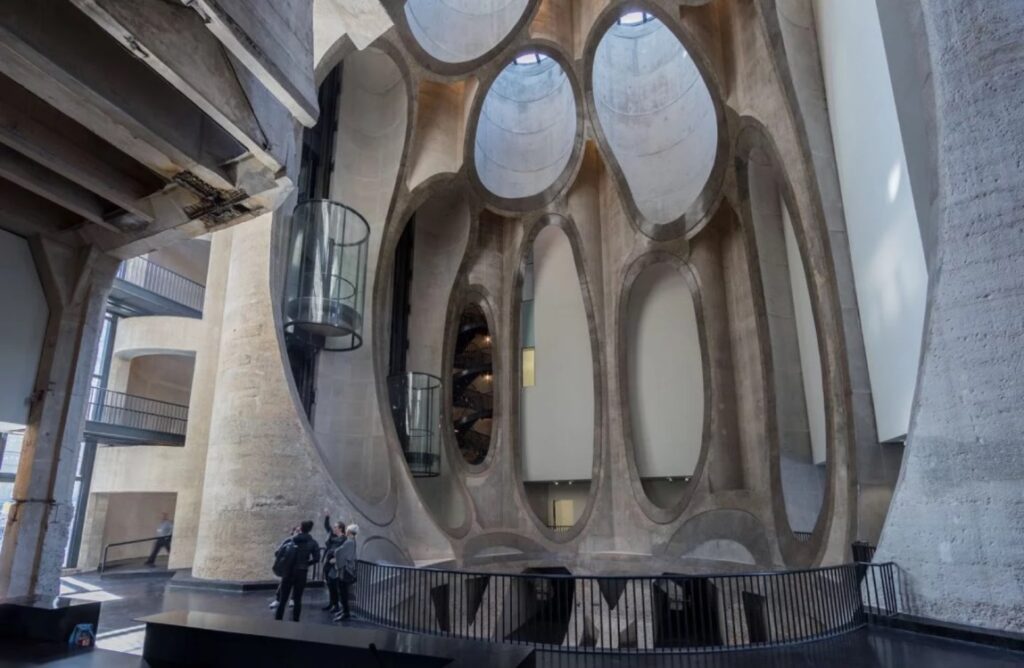
Fostering Innovation through Reuse
Reusing components forces designers to think creatively within certain constraints, often leading to innovative aesthetic outcomes. When faced with the challenge of adapting existing elements to new designs, designers are encouraged to explore new possibilities, resulting in visually striking and unexpected combinations. For instance, in product design, the creative reuse of industrial parts or materials can lead to new forms and functions, enhancing both the visual and practical aspects of the product. The challenge of integrating reused components into a fresh context inspires innovation and can result in more dynamic, complex designs that challenge traditional norms.
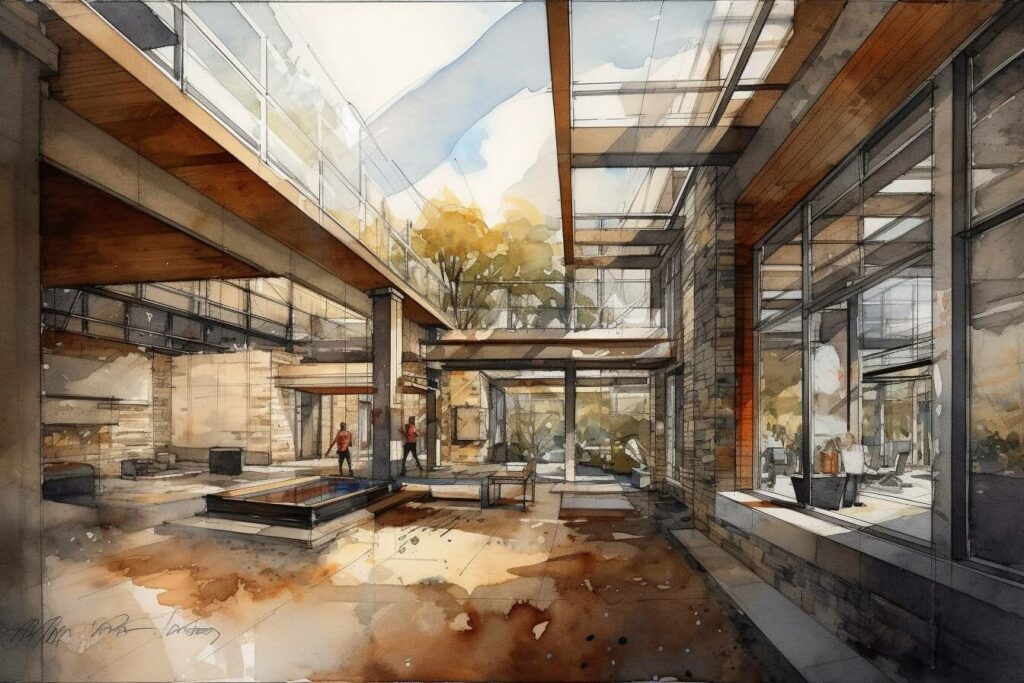
The Unexpected in Component Reuse
Component reuse also invites a sense of playfulness and surprise by allowing designers to recombine elements in unexpected ways. The fusion of disparate components from different eras or contexts can challenge conventional design expectations, resulting in visually intriguing compositions. In fashion, for instance, designers may combine vintage fabrics with modern silhouettes, creating a tension between old and new that captivates the viewer. In graphic design, using elements from retro advertisements or posters can introduce a sense of irony or humor, making the design more engaging. The playful contrast between reused components and their new context often adds an element of surprise, enhancing the overall aesthetic impact.
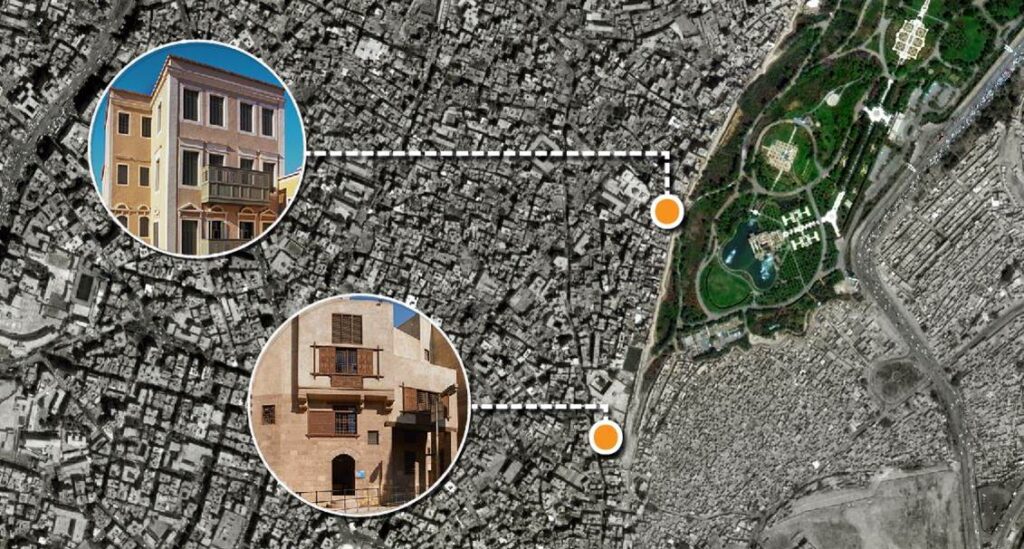
The Future of Component Reuse in Design Aesthetics
The aesthetic benefits of component reuse extend far beyond its practical advantages. By fostering visual coherence, evoking nostalgia, encouraging innovation, and promoting sustainability, reused components bring new creative opportunities to the forefront of modern design. Designers who embrace reuse not only contribute to more sustainable practices but also push the boundaries of what is considered aesthetically pleasing. As component reuse becomes increasingly central to design across various industries, its potential to enrich the aesthetic value of creative works will continue to grow, shaping the future of design in exciting new ways.
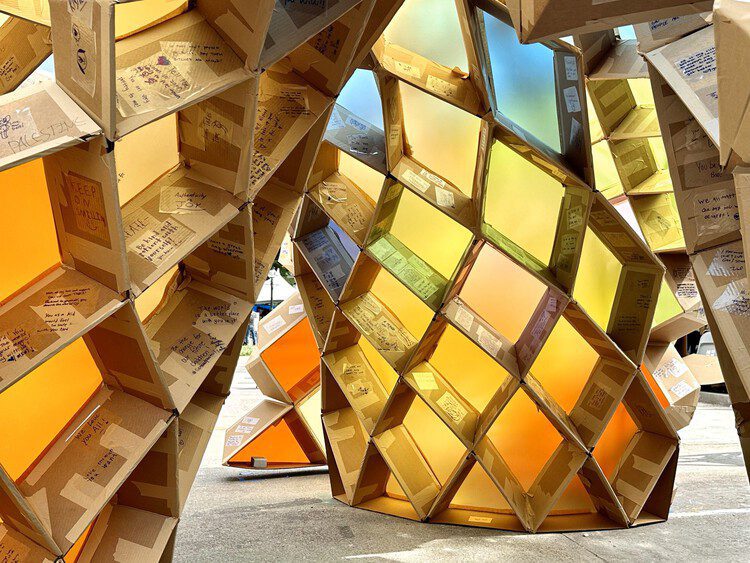
-1
-1
-1
-1
Conclusion
Component reuse in design unlocks a wide array of aesthetic benefits that extend far beyond practical considerations. By fostering visual coherence and harmony, embracing raw authenticity, blending historical and contemporary elements, encouraging innovation through constraints, and introducing elements of surprise, designers are redefining what is considered aesthetically pleasing.
This practice not only contributes to sustainability but also enriches the emotional and intellectual engagement of audiences. As environmental challenges intensify, the role of designers in promoting sustainable practices becomes ever more critical. Component reuse stands at the intersection of practicality and aesthetics, offering solutions that are both beautiful and responsible.
The continued exploration of component reuse promises to unlock new creative potentials, shaping the future of design in exciting ways. By valuing the past as a resource for the future, seeing constraints as opportunities, and recognizing sustainability as integral to aesthetic excellence, designers can lead the way toward a more thoughtful and sustainable world.
References
- https://momaa.org/the-rise-of-contemporary-african-architecture-blending-tradition-and-innovation/
- https://www.archdaily.com/tag/adaptive-reuse

Mostafa dagher
About the Author
Mostafa is an architecture student with a deep passion for design, art, and research. With a keen interest in exploring the intersection of traditional and contemporary architectural styles, he is driven by a curiosity to understand how space, form, and culture shape human experiences.
Related articles


Architecture Professional Degree Delisting: Explained

Periodic Table for Urban Design and Planning Elements


History of Urban Planning in India

Best Landscape Architecture Firms in Canada
UDL GIS
Masterclass
Gis Made Easy- Learn to Map, Analyse and Transform Urban Futures
Session Dates
15th-19th December 2025

Urban Design Lab
Be the part of our Network
Stay updated on workshops, design tools, and calls for collaboration
Curating the best graduate thesis project globally!

Free E-Book
From thesis to Portfolio
A Guide to Convert Academic Work into a Professional Portfolio”
Recent Posts
- Article Posted:
- Article Posted:
- Article Posted:
- Article Posted:
- Article Posted:
- Article Posted:
- Article Posted:
- Article Posted:
- Article Posted:
- Article Posted:
- Article Posted:
- Article Posted:
- Article Posted:
Sign up for our Newsletter
“Let’s explore the new avenues of Urban environment together “


























